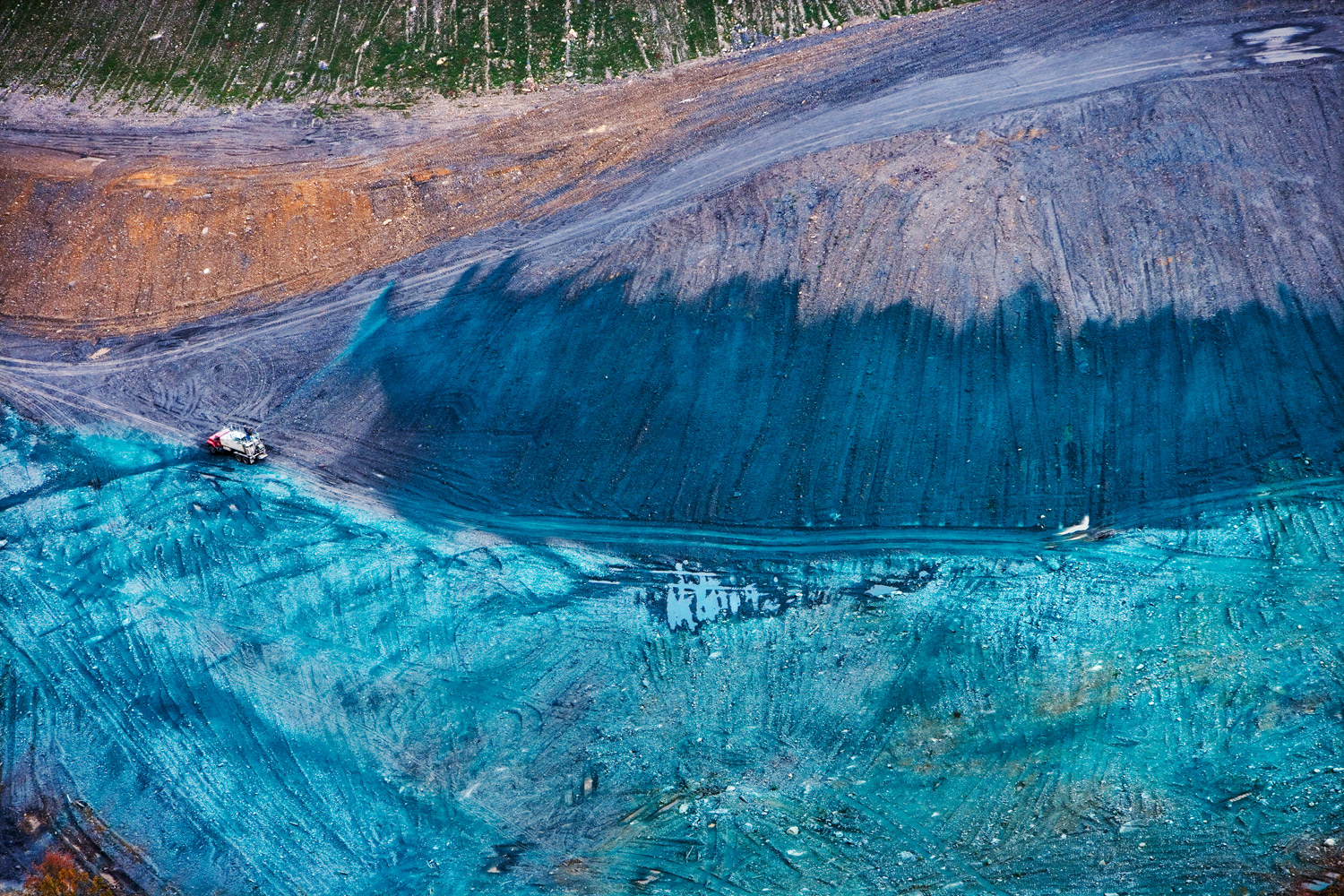
J Henry Fair’s aerial photographs of industrial pollution defy categorization by contrasting striking, often abstract, beauty with frightening realizations about the true costs of our heavily industrialized society. PowerHouse has just published some of the work in Fair’s first book, The Day After Tomorrow: Images of Our Earth in Crisis.
While his primary goal was to make aesthetically pleasing photographs, Fair aims to exploit that attractiveness for his unabashedly activist mission, explicitly stating his intention that “the viewer will come away with an innate understanding of [his or] her complicity and a will to make a difference.” The images in the book are complemented by a handful of essays written by prominent authors, scientists, and environmentalists, including climate scientist James Hansen.
Traveling from Canada down to the Gulf of Mexico, and to many locations in between, Fair relies on complementary charter flights from two volunteer-based environmental aviation organizations, Lighthawk and Southwings, to make his signature images. From their small aircraft he is able to get close enough — but not too close — to the toxic processes and wastes associated with the extraction and production of oil, gas, coal, aluminum, fertilizers, paper, refrigerants, and more.
At the end of this week, Fair’s work on fossil fuels will also be exhibited in Landscapes of Extraction: The Collateral Damage of the Fossil Fuels Industries, part of a three-day Earth Day event at Grand Central Terminal in New York City.

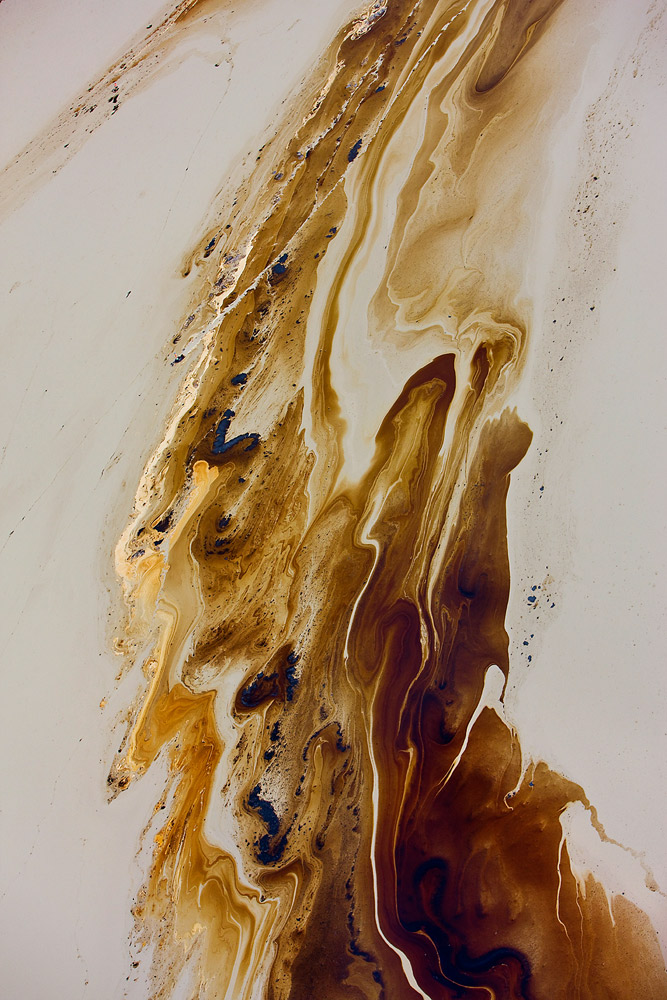
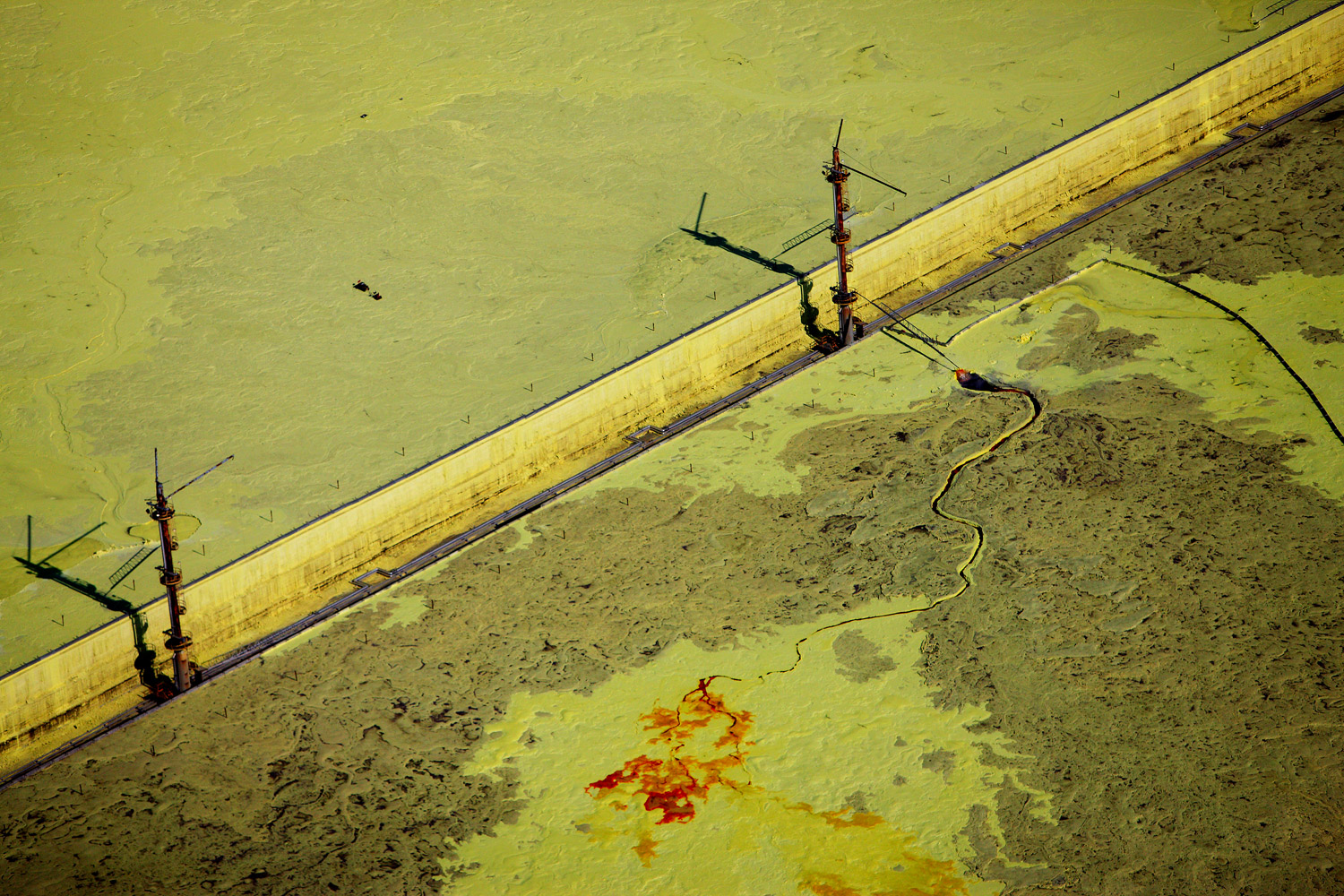
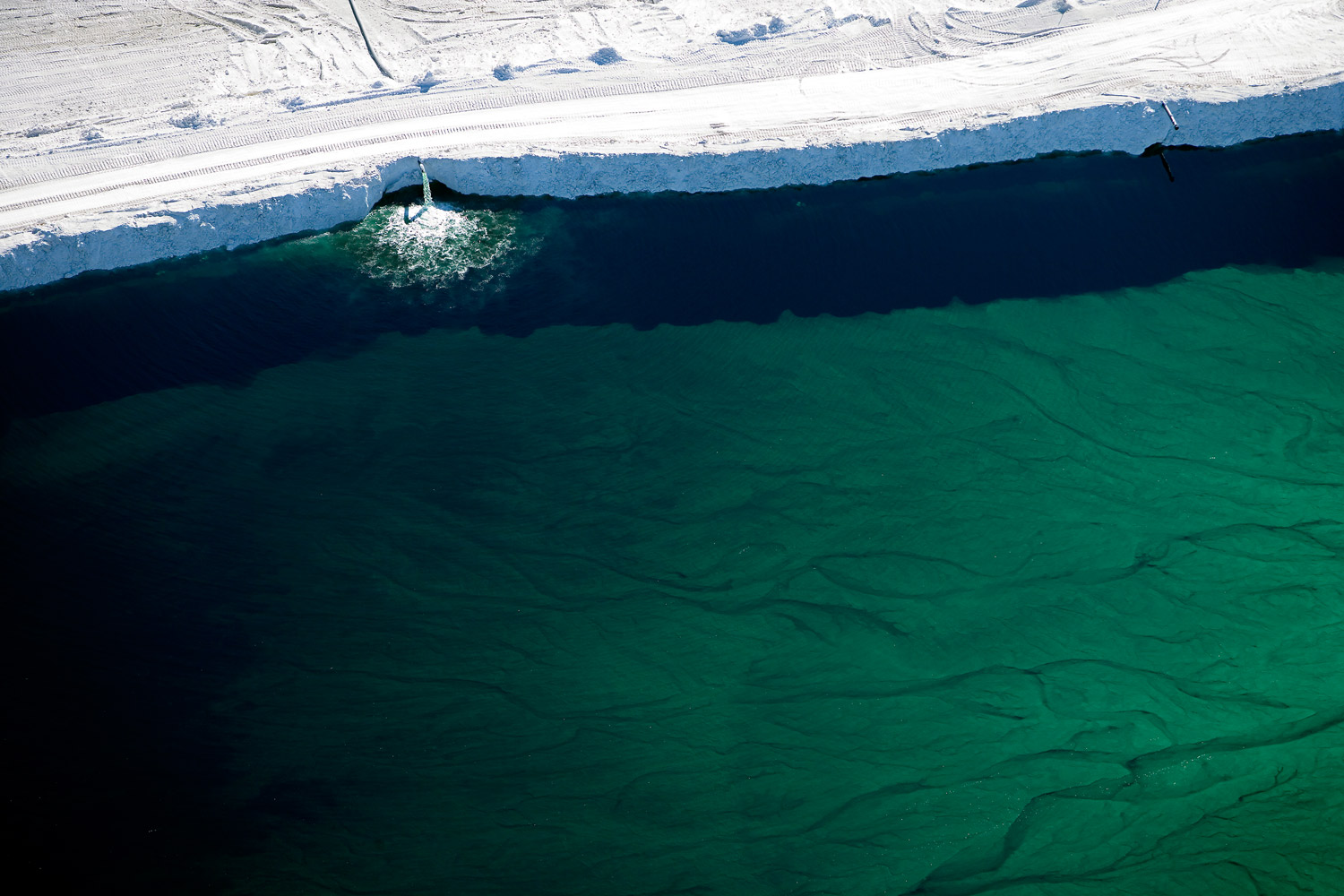
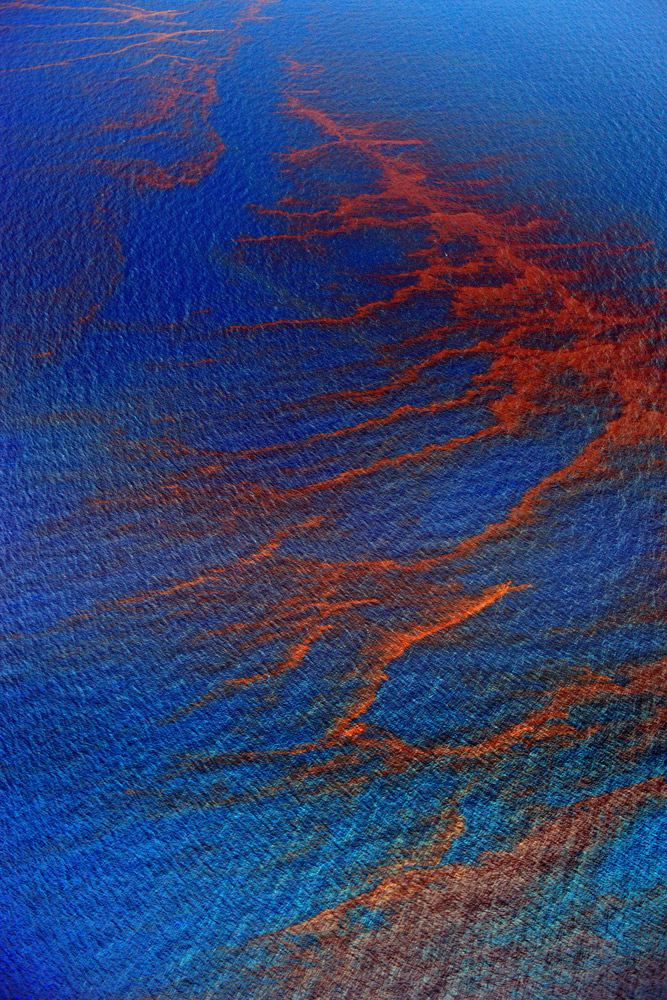


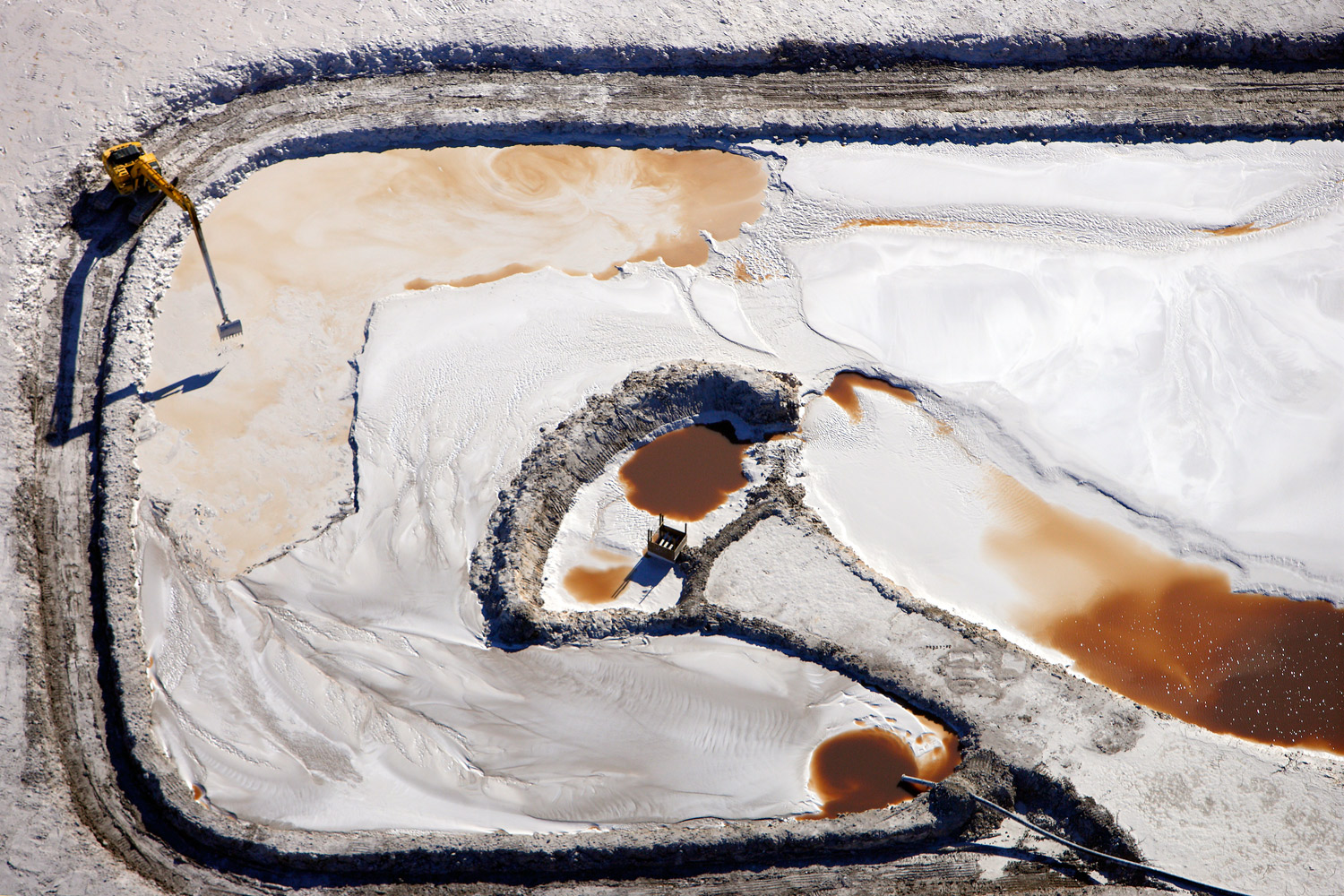

More Must-Reads from TIME
- How Donald Trump Won
- The Best Inventions of 2024
- Why Sleep Is the Key to Living Longer
- How to Break 8 Toxic Communication Habits
- Nicola Coughlan Bet on Herself—And Won
- What It’s Like to Have Long COVID As a Kid
- 22 Essential Works of Indigenous Cinema
- Meet TIME's Newest Class of Next Generation Leaders
Contact us at letters@time.com